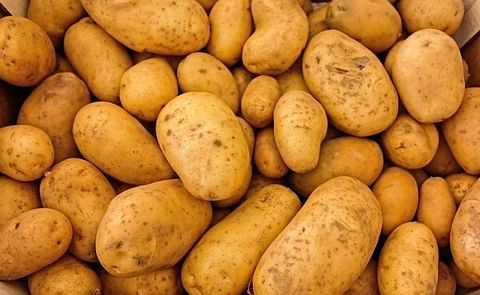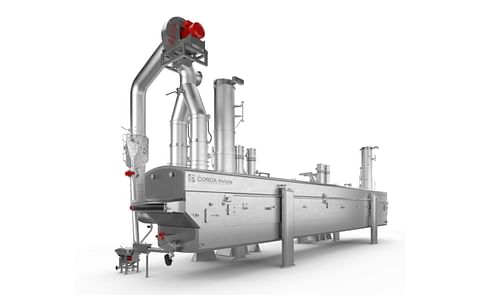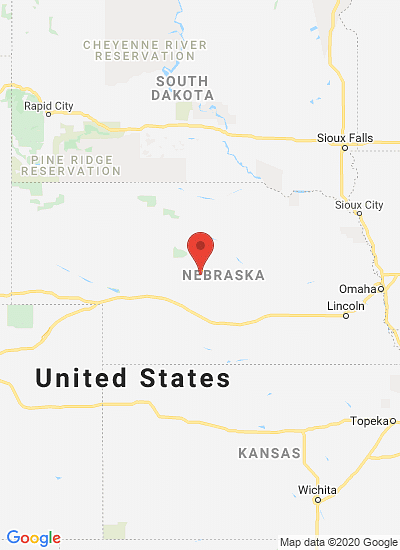Highlights:
- Diluted EPS from continuing operations of $0.47 per share as reported, vs. a loss of $(0.95) a year ago. After adjusting for items impacting comparability, diluted EPS of $0.59 this quarter was ahead of $0.55 a year ago, as expected. An extra week in the fourth quarter of fiscal 2015 favorably impacted current-quarter amounts.
- Consumer Foods and Commercial Foods posted operating profit growth after adjusting for items impacting comparability, and including the benefit of the extra week.
- Private Brands posted an operating profit decline after adjusting for items impacting comparability, and including the benefit of the extra week.
- The company repaid approximately $1.1 billion of debt in fiscal 2015, resulting in cumulative debt reduction of approximately $2.1 billion since the completion of the Ralcorp transaction, which exceeded the $2.0 billion goal.
- The company plans to exit the Private Brands operations.
- The company’s new plans for creating long-term value center on a more aggressive approach to cost reduction, growing consumer brands (Consumer Foods segment) and Lamb Weston (within the Commercial Foods segment), as well as balanced capital allocation. Details to be shared at an investor event later this year.
CEO Perspective:
Sean Connolly, chief executive officer of ConAgra Foods, said, “With fiscal year 2015 now behind us, we are now pursuing a different plan to maximize value for our shareholders. Our new plan will center on a more aggressive approach to driving margin improvement through SG&A reductions, supply chain efficiencies and other projects. It also sharpens our focus on growing our Consumer Foods and Commercial Foods segments. We expect to continually refine our portfolio with prudent divestitures and acquisitions, and there will be a strong emphasis on deploying capital in ways that benefit shareholders.”
He continued, “As I have intensely studied the situation in our Private Brands operations over the last few months, it has become clear that the time and energy the company is devoting to the Private Brands turnaround represent a suboptimal use of our resources. To prevent further distraction, we are pursuing the divestiture of our Private Brands operations. Because the outcome of our strategic review for the Private Brands operations will influence our long-term financial outlook, we will wait until this process is complete before sharing long-term financial commitments. We expect to offer operating details of our plans as well as long-term financial expectations at an investor event later this year.”
“The underlying objective of the new strategic direction we are sharing today is long-term shareholder value creation. While we have a high degree of conviction in our plans, we also acknowledge that markets and opportunities change over time. For this reason, our management team and our board of directors approach long-term plans in a practical and flexible manner. If we are convinced that some other set of opportunities, or some other course of action, improves our outlook or will better reward shareholders, we will adapt our plans accordingly.”
Overall Quarterly Results
For the fiscal 2015 fourth quarter ended May 31, 2015, diluted earnings per share from continuing operations were $0.47, vs. a diluted loss per share of $(0.95) as reported for the fiscal 2014 fourth quarter. After adjusting for items impacting comparability, comparable diluted EPS was $0.59 this quarter and $0.55 in the year-ago period. Items impacting comparability are summarized toward the end of this release and reconciled for Regulation G purposes starting on page 11.
Consumer Foods Segment
Branded food items sold worldwide in retail channels.
The Consumer Foods segment posted sales of approximately $1.9 billion and operating profit of $304 million, as reported. Including the benefit of the extra week, sales increased 4% as reported (rounded), with volume up 5%, 1% favorable impact from price/mix, and 1% unfavorable impact of foreign exchange. The company estimates that the extra week favorably impacted sales and volume by approximately 7% for the quarter. The company increased prices in some categories to cover commodity costs, and continues to make progress with efficiencies in trade spending.
- After adjusting for the benefit of the extra week, brands posting sales growth for the quarter include ACT II, Hunt’s, Ro*Tel, DAVID, Reddi-wip, Slim Jim, PAM, PF Chang’s, and Wolf.
- The company continues to make good progress in fast growing channels including club, dollar, and convenience.
- Other brand details are in the written Q&A document accompanying this release.
Commercial Foods Segment
Specialty potato, seasonings, blends, flavors, and bakery products, as well as consumer branded and private branded packaged food items, sold to restaurants, foodservice and commercial channels worldwide.
Sales for the Commercial Foods segment were $1.2 billion and operating profit was $154 million, as reported, ahead of prior year amounts. The company estimates that the extra week favorably impacted sales and volume by approximately 7%. Sales for Lamb Weston’s potato operations grew, although international sales were impacted by the West Coast port labor dispute as well as challenges facing quick-serve customers in key Asian markets. The West Coast port dispute was settled in late February 2015, and Lamb Weston’s international shipments have been gradually improving; the company expects to reach normal shipment levels in the first half of fiscal 2016. Sales for the rest of the segment grew.
After adjusting for items impacting comparability, current quarter operating profit increased 3%, reflecting the benefit of the extra week. Lamb Weston comparable profits grew modestly, largely reflecting good domestic performance and efficiencies from good raw potato crop quality. Profits for the rest of the businesses in the segment grew modestly.
Private Brands
Private brand food items sold in domestic markets
As reported, sales for the Private Brands segment were $1 billion, down slightly. The company estimates that the extra week favorably impacted sales and volume by approximately 7%.
The segment posted an operating loss of $(25 million), as reported, due to impairment and restructuring charges. After adjusting for $56 million of net expense from items impacting comparability in the current quarter, and $618 million of expense from items impacting comparability in year-ago period amounts (mostly impairment charges), comparable operating profit declined 30%, which includes the benefit of the extra week.
Higher commodity costs negatively impacted profits, as did lower volumes. Ongoing margin management initiatives are expected to improve profitability. The company has implemented a reorganization, and is highly focused on improving execution; this should strengthen customer relationships and volume performance gradually over time.









